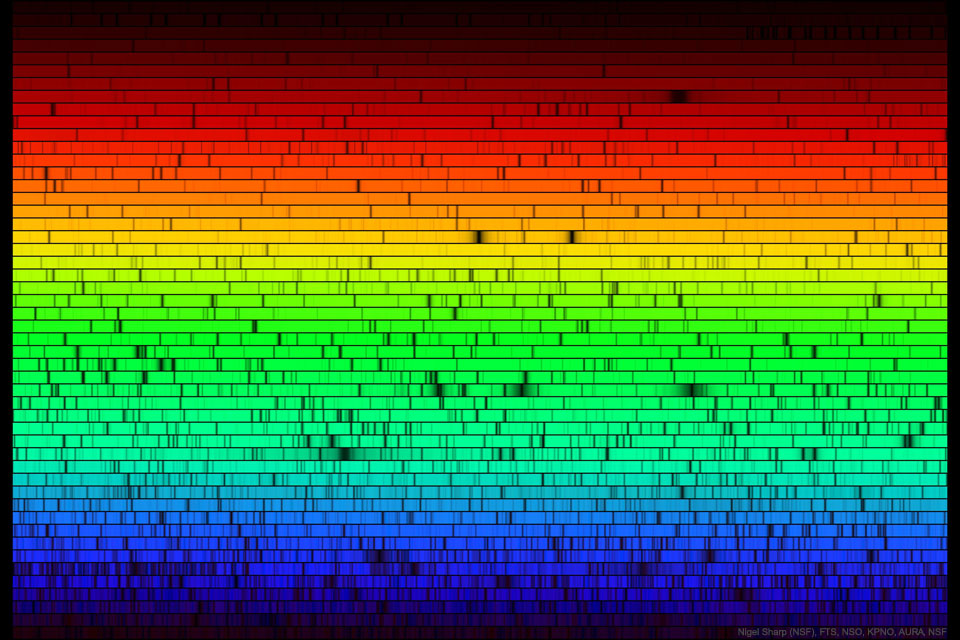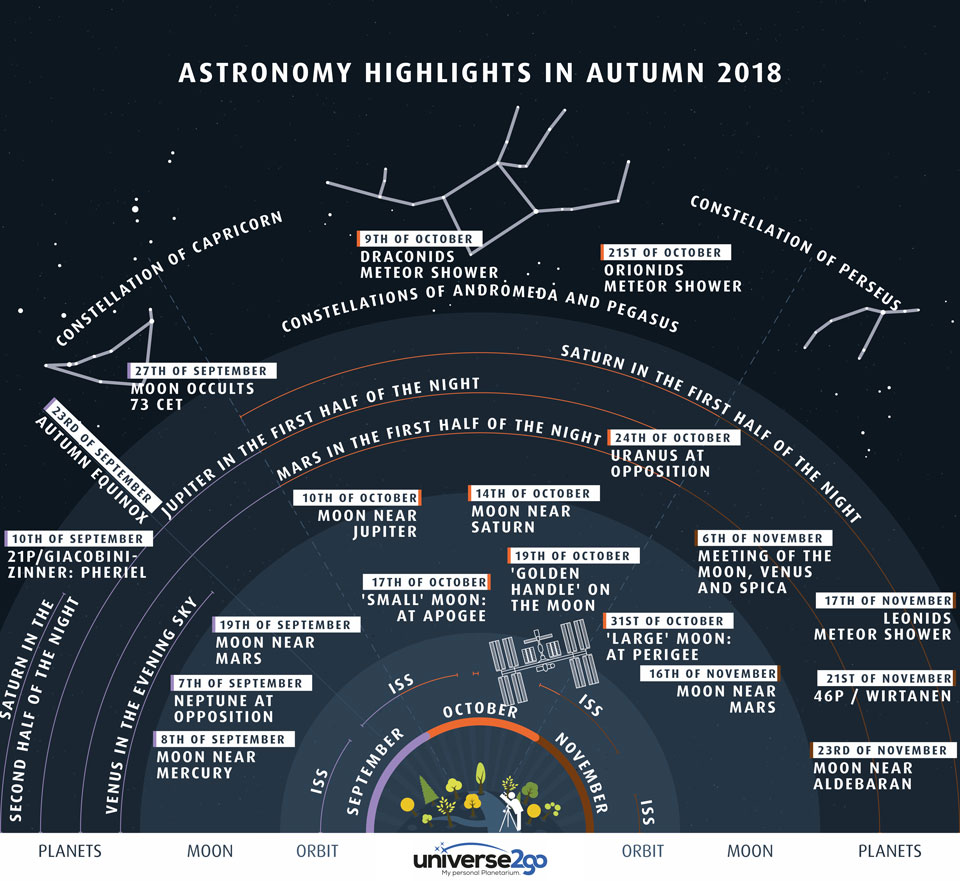NASA has awarded a contract to the University of Colorado Boulder’s Laboratory for Atmospheric and Space Physics (LASP) for development of a reflected solar spectrometer for the agency’s Climate Absolute Radiance and Refractivity Observatory (CLARREO) Pathfinder mission.
from NASA https://ift.tt/2xJemwr
via IFTTT![]()






